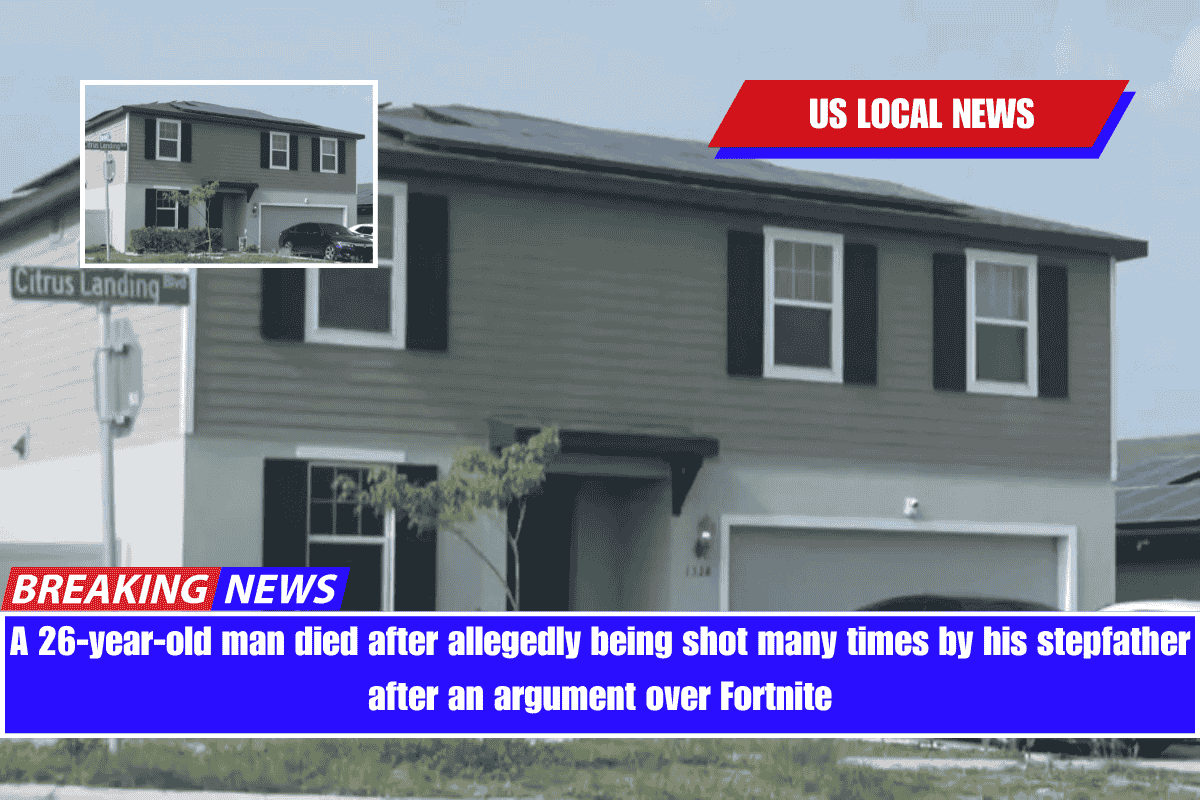The town most recently named the poorest in South Carolina is Blackville, a small community in Barnwell County. This designation is based on several key economic indicators, including median household income, poverty rate, and overall economic opportunity, as highlighted by recent data and analyses.
Economic Profile of Blackville
Blackville’s economic challenges are evident in its income and poverty statistics. As of 2023, the median household income in Blackville was just $26,100, which is among the lowest in the state and significantly below both the state and national averages. The average household income, while higher at $55,872, reflects a small number of higher-earning households, but the majority of residents earn far less. Poverty is a persistent issue: about 28.2% of Blackville’s population lives below the poverty line, and 26.3% of families are considered to be in poverty. This is markedly higher than South Carolina’s overall poverty rate of around 16%.
Demographics and Community Structure
Blackville is home to approximately 1,900 residents, with a median age of 42.8 years. The town’s population has been declining, dropping by more than 12% between 2022 and 2023. The community is predominantly Black or African American (85.2%), with smaller White (11.9%) and Hispanic (2.6%) populations. Most residents are U.S.-born citizens, and a significant portion of the population has lived in the same house for at least a year, indicating low mobility and a stable, though economically challenged, community.
Housing and Cost of Living
The median property value in Blackville is $73,100, and the homeownership rate is 66.1%. Housing costs are relatively low, with median monthly housing expenses around $534. About 54.5% of households are owner-occupied, while 45.5% are renters. Despite the affordability, the low incomes make even modest housing costs a burden for many families.
Employment and Economic Opportunities
Employment opportunities in Blackville are limited and have historically been tied to manufacturing and agriculture. In the past, factories and the nearby Savannah River Site provided jobs, but the decline of local industry and the removal of the railroad in the 1980s contributed to economic decline. Currently, most working residents are employed in private companies (78.5%), with a mix of white-collar (56.6%) and blue-collar (43.4%) jobs. The town has recently attracted some new investment, such as the opening of a TIVA Building Products manufacturing facility, which is expected to create over 100 jobs. However, these developments have yet to significantly shift the overall economic picture.
Historical and Structural Factors
Blackville’s economic struggles are part of a broader pattern affecting rural South Carolina. Structural factors such as limited access to quality education, healthcare, and economic development opportunities have contributed to persistent poverty. Racial disparities are also pronounced, with African American residents in South Carolina disproportionately affected by poverty and unemployment.
Blackville’s status as the poorest town in South Carolina is the result of a combination of low median income, high poverty rates, limited economic opportunities, and historical setbacks. While recent investments offer some hope, the town continues to face significant challenges that reflect broader issues of rural poverty and economic inequality in the state.
Sources
[1] https://www.roadsnacks.net/poorest-places-in-south-carolina/
[2] https://datausa.io/profile/geo/blackville-sc
[3] https://www.point2homes.com/US/Neighborhood/SC/Blackville-Demographics.html
[4] https://www.areadevelopment.com/newsitems/4-28-2022/tiva-building-products-blackville-south-carolina.shtml
[5] https://247wallst.com/income/2025/01/17/the-poorest-town-in-every-state-in-america/


















Leave a Reply